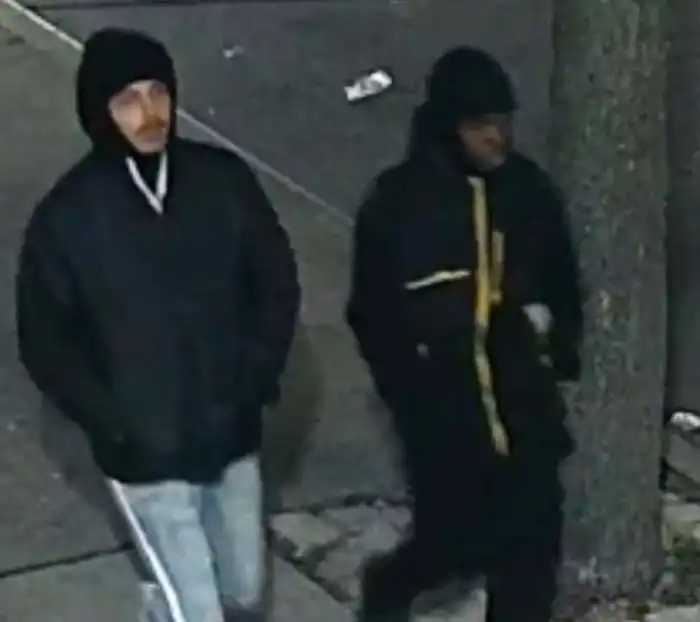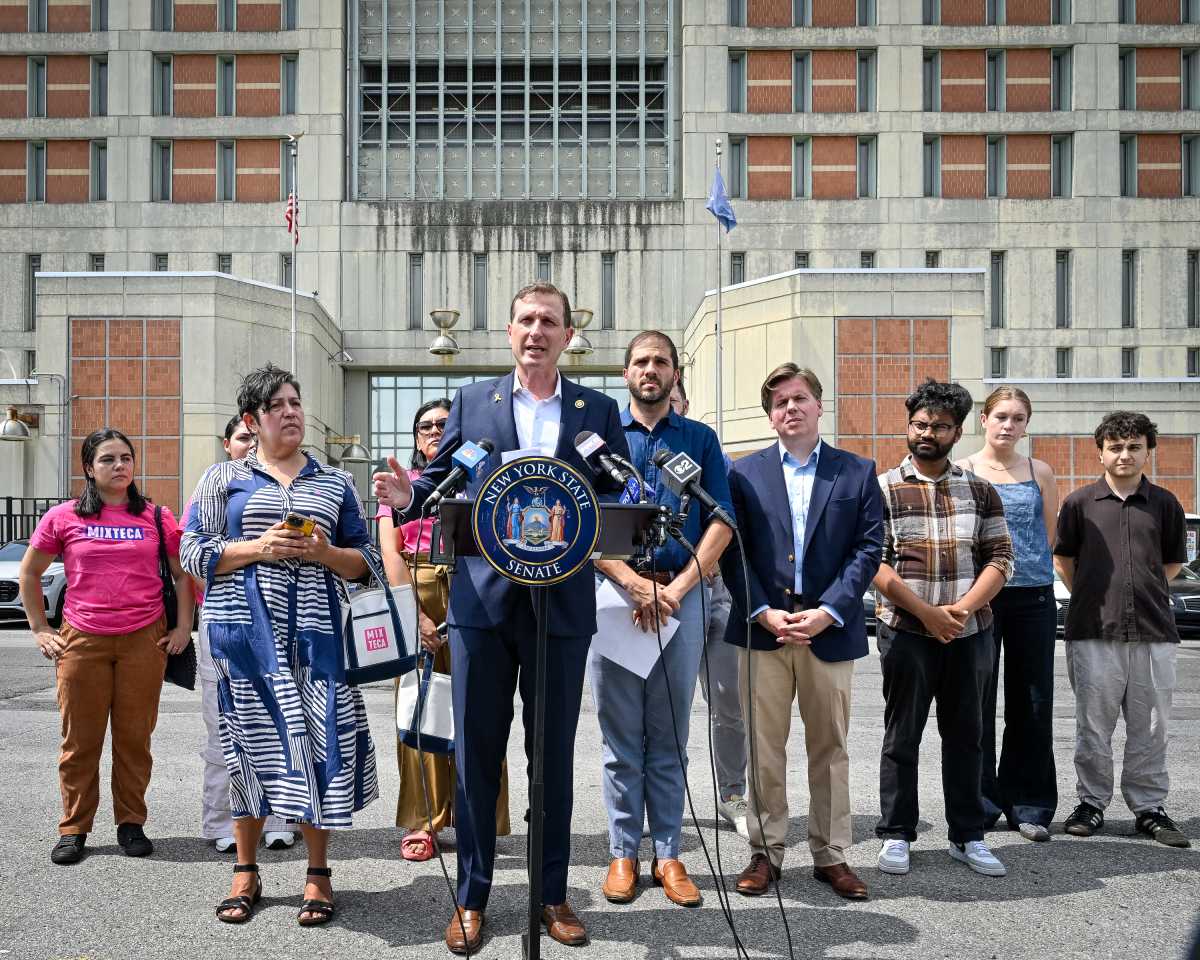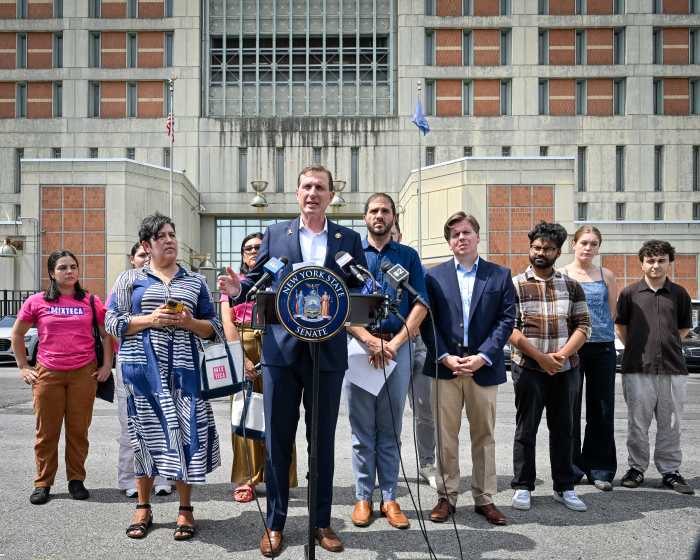Street homelessness decreased in New York City this year.
At least according to the annual HOPE Count, a federally mandated single-night survey of NYC’s homeless population performed by volunteers.
The numbers from this year’s February count were announced last week, finding 2,794 homeless individuals, a decrease of 12 percent from 2015.
That might surprise those who watched Mayor Bill de Blasio’s administration struggle with what was billed as a homelessness crisis from last summer into this year, resulting ultimately in a flurry of mayoral activity — including the introduction of a new quarterly count, the first of which took place Sunday night. So more data will be heading our way in a few short weeks, as opposed to a year.
Can it help address the problem at hand?
An imprecise measure
Homelessness in NYC is tracked with as much interest as the crime rate — seen by some as a bellwether for the city’s health at large.
After a summer of headlines about rising homelessness and political gamesmanship (or constructive criticism, depending on your Democrat alpha dog of choice) on the part of Gov. Andrew Cuomo, de Blasio expanded street outreach, reorganized his social services department, and attempted to improve shelter conditions, which many street homeless individuals say drive them to stay on the street.
Although homeless shelter populations have increased, the criticism of de Blasio focused on street homelessness and relied on anecdote rather than data.
Despite the positive headline, the HOPE Count has been criticized as a blunt tool, relying on inexperienced volunteers to perform what is sometimes treated like an exact census — more useful perhaps in spreading awareness of street homelessness among well-meaning volunteers than actually getting an exact number.
Jarquay Abdullah, a member of the non-profit Picture the Homeless who worked as a decoy to try to validate the count in February, said that the searchers assigned to his area originally walked right by him, and only found him at the end of the night on their way back. He says that some volunteers skip dark alleys and corners where homeless individuals are liable to lay their heads, which results in an undercount.
The new quarterly count, which a spokeswoman from the Department of Homeless Services says will be performed by city staff, could be more accurate, combined with information from daily outreach.
But Joe Hallmark, associate director of Goddard Riverside Community Center, an outreach provider in Manhattan, says he doesn’t expect the number to be wildly different from what HOPE showed, based on his group’s experience making rounds throughout the city.
“Sometimes, more information is a solution in and of itself,” Hallmark says. Surveys showing a relatively stable street homeless population indicate that outreach is working. Instead of generating headlines, the count can further the slow work of getting them real help and making a real dent in the numbers. Which requires a better shelter system, and housing paired with support services.
Small steps
The de Blasio administration has attempted to beef up outreach through its HOME-STAT program, and points to a 20 percent drop in subway homelessness compared to last year, according to the HOPE Count. The administration attributes that to a five-fold increase in staff doing outreach underground since 2014.
To address the bigger issue, the administration has promised 15,000 units of supportive housing in the next 15 years.
Naturally this is the harder part, a problem that goes deeper than numbers and beyond outreach on the street.
Anthony Castro, who has been homeless for four years, says he is in fairly regular contact with outreach workers who “come out and check on everybody.” Working with them, Castro, 45, says he’s trying to get onto a waiting list for a three-quarter house or a safe haven — housing with fewer rules and more support than shelters.
Unlike some street homeless, who distrust or dismiss the outreach workers at first, he says he’d be more than happy to accept their help on this ultimate ask.
But it’s a long list.
This is amExpress, the conversation starter for New Yorkers. Subscribe at amny.com/amexpress.































